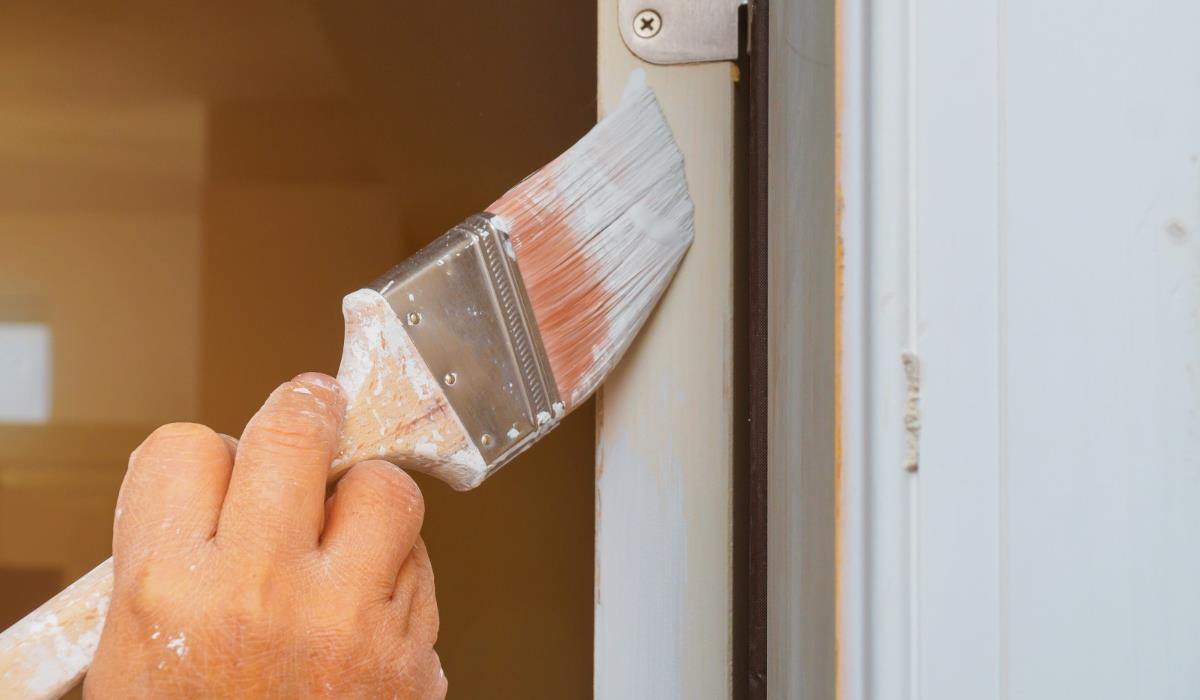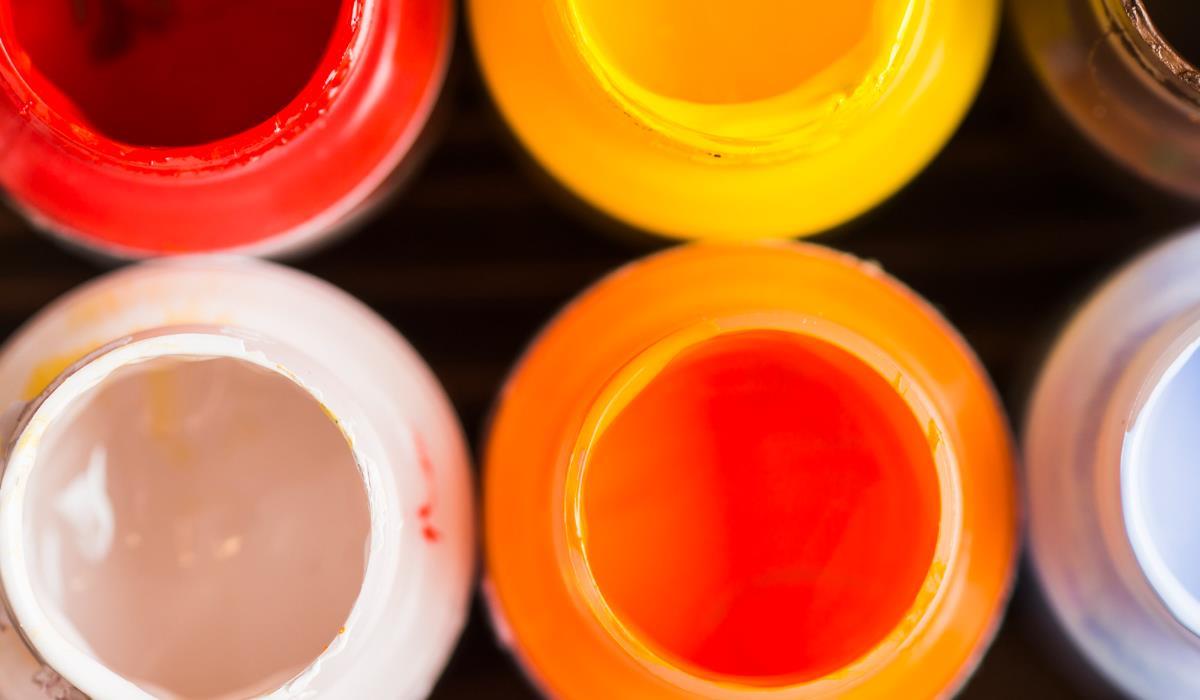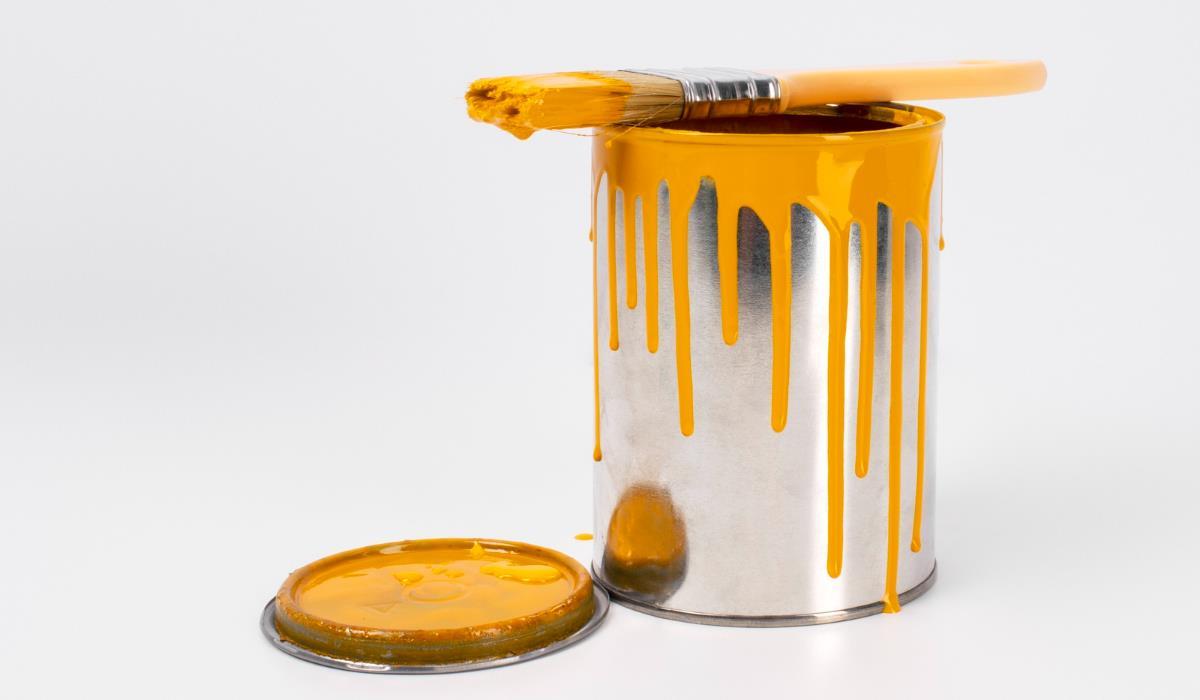Enamel paint is one of the strongest and most sought after types of paint. Few people are aware of what it really is and what are its properties? It is a glossy and thin paint with protective properties, creating a hard layer after application. It is often used to cover metal surfaces that are difficult to paint otherwise. The word “enamel” itself refers to a clear or almost transparent glassy substance, applied to hard surfaces.
The term “enamel paint” wasn’t used much until the mid-19th century. For the first time, the paint was advertised in this way for use on porcelain and ceramics. Although these were mainly high-end materials, this marketing ploy worked perfectly. Enamel was considered exclusive, easy to clean, shiny and durable. Enamelled appliances and objects were often seen in Victorian kitchens and bathrooms of upper-class families.
What is enamel paint used for?
Enamel paint has many uses. While it’s not ideal for wood or drywall, it can be used on almost any other material, from porcelain to metal to glass. Here are the most common uses of enamel in the home:
Enamel paint – household appliances
Enamel paint covers: washing machines, dryers, sinks, bathtubs and refrigerators. Anything that can be painted with enamel paint will benefit from its application. Enamel is mainly used for metal exterior doors. It is designed for intensive use and frequent exposure to weather conditions and UV radiation. Enamel paint works well for almost any type of cookware as most are made of glass, ceramic or porcelain.

Advantages of enamel paint
- smooth surface – enamel has a smooth surface that rarely has any dents or marks. It remains smooth and beautiful throughout its life, which cannot be said about many other paints; additionally performs a protective function
- scratch resistance – although it is possible to scratch it, it is not easy to achieve. It is often added to dishes and external equipment.
- lasting shine – enamel gives objects a shiny finish that usually does not fade. While it may not look the same after decades of use, it will still be shinier than most other paints.
- durable color vibrancy – along with a gloss that won’t fade, the colors in the enamel are very durable
- no yellowing effect – even white enamel usually does not turn yellow. Good quality enamel paint is even resistant to tobacco smoke
- no brush marks – due to the fact that the paint is thin and smooth, it leaves no brush marks when painting. Other paints with different textures can do this, but enamel does a great job of keeping it even and smooth
- works on most surfaces – enamel paint is used on any surface. However, wood and plasterboards do not accept it as well as metals or ceramics.
- high temperature resistance – enamel can be used to cover objects exposed to high temperatures – fire, oven or boiling water. It also works well at low temperatures.
Disadvantages of enamel paint

- difficult to use – enamel can be difficult to use. When it dries, it works perfectly. During application, it emits an unpleasant odor, may spill and be difficult to mix properly. Painting with enamel should be done with a protective mask on.
- expensive – it is more expensive than most paints, which is the result of the fact that it is more valuable and offers more features than most other paints.
- drying method – enamel applied to metal or ceramics should be additionally burnt out. This means you can’t just apply paint and let it dry. Special equipment is needed, which most people do not have due to high prices.
When to use enamel paint?
Enamel paint gives fantastic final results, is durable and looks very exclusive. Special tools and additional equipment are required for its application and curing. Therefore, if you want to cover the products with enamel paint, it is worth considering taking them to a paint shop or a specialized plant.



